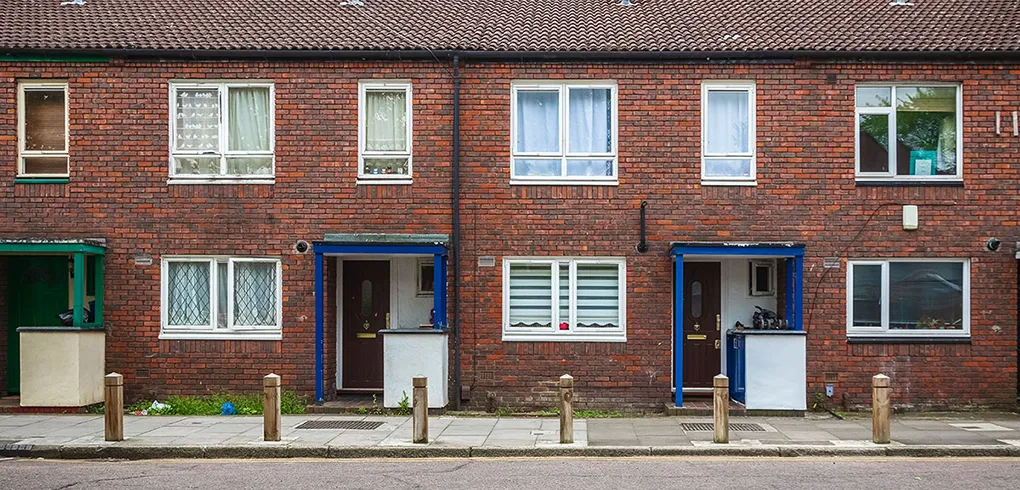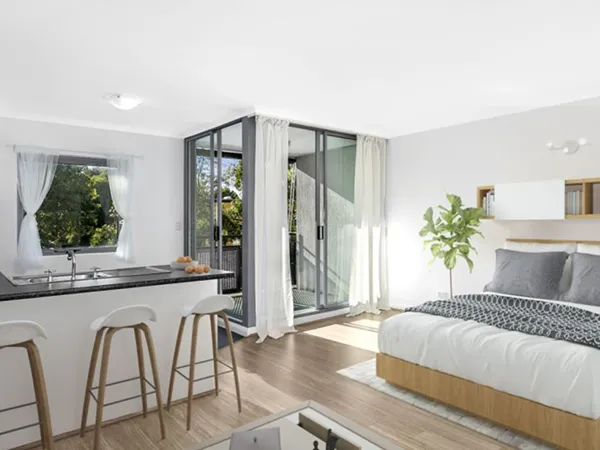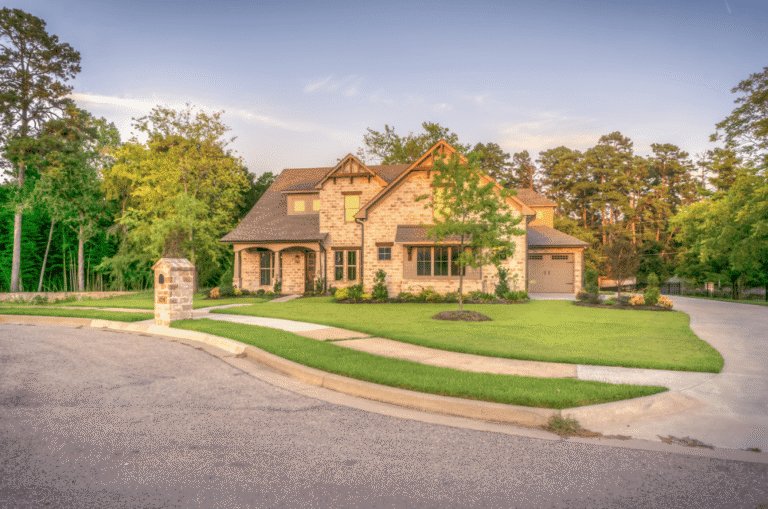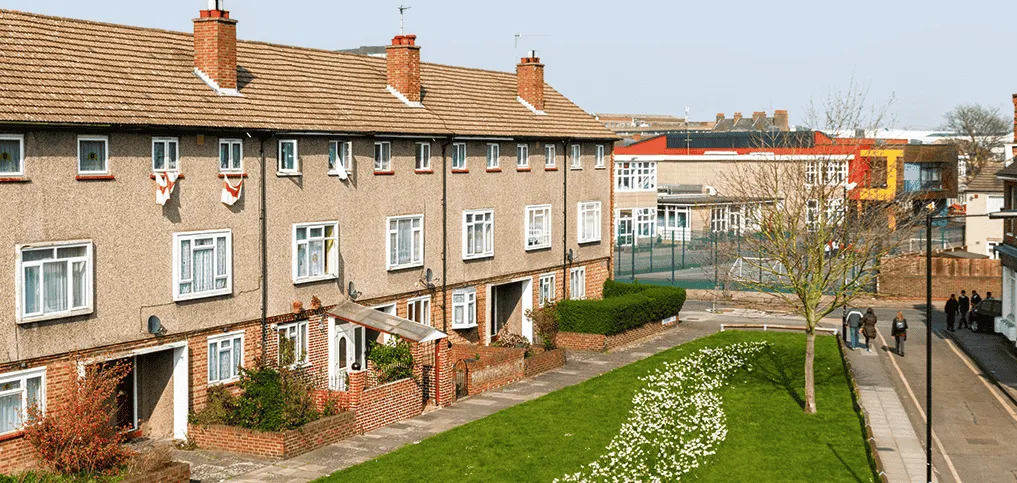The usual reasons that mortgage lenders are hesitant to offer mortgages for these homes are:
Undesirable Areas: Some ex-council homes might be in areas that are heavily developed, areas with higher crime rates, or areas where there are fewer local amenities.
Necessary Repairs – If the property was recently a council home, there might be some repairs that are still needed on the house.
Non-Standard Construction Types – Concrete and steel-framed homes are difficult to get a mortgage on. Many ex-local authority properties are considered non-standard construction buildings.
All of these factors can make the property harder to sell. In turn, this means that a lot of mortgage lenders will be more reluctant to make an offer to buyers. Mortgage lenders and banks need to make sure that they’re protected from the risks associated with a borrower failing to pay off their mortgage. This means that the lender has to be able to sell the property without too much of a delay. In particular, non-standard construction homes can be difficult to get a mortgage for.
Non-standard construction buildings are made using materials or methods that are now considered unsafe or unlikely to stand the test of time. This can include concrete and prefabricated houses, and houses with steel or timber frames. These houses are considered a risk to the mortgage lender in the event of repossession. This is due to a concern around the structural integrity, and a potential drop in market value.
It’s worth noting that not all non-standard construction types are the same. Some have a vastly shorter or longer expected lifespan than others. As a result, the difficulty of getting a mortgage on non-standard properties is hard to predict until a survey has been conducted to find out the type of construction that was used.
No, not all council houses are made from unusual building types. In fact, most council properties will be a more common and standard type of house.
A lot of non-standard construction types were used to produce cheap, quick to erect homes during the housing crisis that followed the second world war. A lot of these affordable houses became council homes. This ultimately means that there is a higher chance of ex-council houses being non-standard construction type properties.
There are several factors that make it harder to get a mortgage for an ex-council flat. The issues to look out for include:
Other Owners in the Building: Some mortgage lenders prefer to only offer mortgages for ex-council flats where the majority of other flats in the building are privately owned. This is due to concerns over maintenance issues, and the difficulty of selling a flat surrounded by council flats.
High-Rise Flats: While low-rise blocks of flats might be simple to mortgage in the right conditions, many lenders will refuse mortgages for ex-council flats that are higher than five or six storeys. This is because high-rise flats often have higher maintenance costs, and if these costs are not met, the flat’s value will reduce. This reduces the worth of the lender’s security, increasing the risk of the loan.
Studio Flats: Some mortgage lenders aren’t likely to offer a mortgage on a studio flat where the living area and kitchen area are combined. This is due to the difficulty reselling this type of property, as well as the increased fire risk in this type of home.
Cladding Types: This is particularly a problem since the Grenfell Tower tragedy. Most mortgage lenders will refuse mortgages on buildings with cladding that has not been approved by a professional surveyor. Some cladding types are refused altogether.
Communal Areas: This is less of an issue presently, but some lenders are hesitant to lend on properties with communal walkways as this can be seen as a security risk.
Typically, none of these issues would be a deal-breaker in getting a mortgage individually. Combined with the other problems related to ex-council homes, you might find it difficult to secure a lender. If you’re looking at buying a property that falls under these risk categories, you may find that your mortgage options are very much limited.





